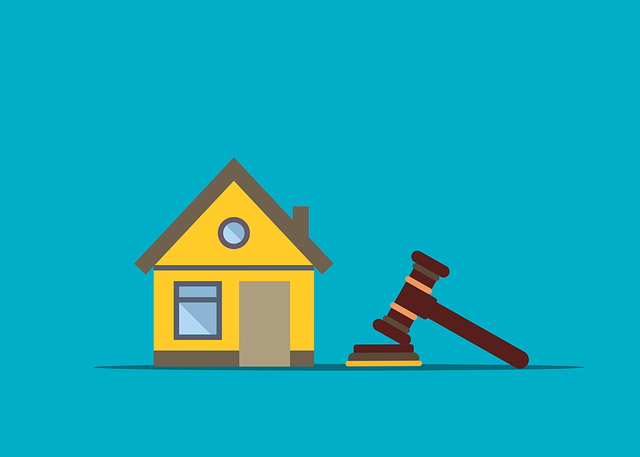FHA financing provides first-time homebuyers in the competitive real estate market with an accessible gateway to homeownership, offering low down payment requirements (as little as 3.5%), flexible credit standards, and mortgage insurance options. By navigating FHA loan processes, including pre-approval and formal applications, buyers can secure their dream homes with easier financial barriers and structured steps.
“Thinking of entering the real estate market as a first-time buyer? FHA financing could be your key to homeownership. This comprehensive guide, ‘Understanding FHA Financing’, breaks down the process and highlights its advantages for newcomers. We explore the benefits and requirements, ensuring you’re informed about this accessible path to buying your first home. From understanding loan types to navigating the application process, this article is your step-by-step companion for securing your dream property.”
Understanding FHA Financing: A Primer for First-Time Buyers

For first-time buyers entering the real estate market, understanding FHA financing can be a game-changer. FHA, or Federal Housing Administration, insurance is designed to assist borrowers by providing a low-down payment option and more flexible credit requirements compared to conventional loans. This government-backed program is particularly attractive for those with limited savings or less-than-perfect credit history as it opens doors to homeownership that might otherwise be out of reach.
Understanding how FHA financing works is key. The insurance protects lenders in case of default, allowing them to offer more favorable terms to borrowers. This includes a lower 3.5% down payment requirement and often looser lending criteria. However, there are also considerations like an additional insurance fee paid by the borrower at closing. Despite these intricacies, FHA financing can be a powerful tool for first-timers, offering a smoother path to achieving the American dream of homeownership in the competitive real estate market.
Benefits and Requirements: Making FHA Loans Accessible to Beginners

For first-time homebuyers in the real estate market, Federal Housing Administration (FHA) financing offers a range of benefits designed to make homeownership more accessible. One of the key advantages is the low down payment requirement—as little as 3.5% of the purchase price—compared to conventional loans that often demand significantly higher initial investments. This feature significantly reduces the financial barrier for newcomers, allowing them to secure their dream homes without saving up substantial amounts.
Additionally, FHA loans are known for their flexible credit score requirements, making them ideal for buyers who may not have a lengthy credit history or perfect scores. These loans also provide protection from unexpected financial events through mortgage insurance, which can be canceled once certain conditions are met, further easing the financial burden on first-time buyers. By combining these benefits with relatively straightforward eligibility criteria, FHA financing plays a crucial role in empowering individuals to enter the real estate market and build equity in their homes.
Navigating the Process: Steps to Securing Your First Home with FHA Finance

Navigating the real estate market as a first-time buyer can be an exciting yet daunting journey. Securing your dream home becomes more accessible with Federal Housing Administration (FHA) financing, designed to support those taking their first steps into homeownership. The process involves several key steps to ensure a smooth transition from house hunter to homeowner.
First, prospective buyers should educate themselves about FHA loan requirements and eligibility criteria. This includes understanding down payment guidelines, which for FHA loans is typically lower than conventional mortgages. Next, gathering necessary financial documentation is crucial. This may include proof of income, employment verification, and assets. Once prepared, borrowers can apply for pre-approval, a vital step in demonstrating their financial capability to potential sellers. The application process involves submitting relevant documents and waiting for underwriter approval, which can take some time. After pre-approval, buyers can start viewing homes, keeping an eye out for properties that meet their needs and budget. When they find the perfect fit, they can proceed with a formal loan application, providing all required documentation again to finalize the process.






